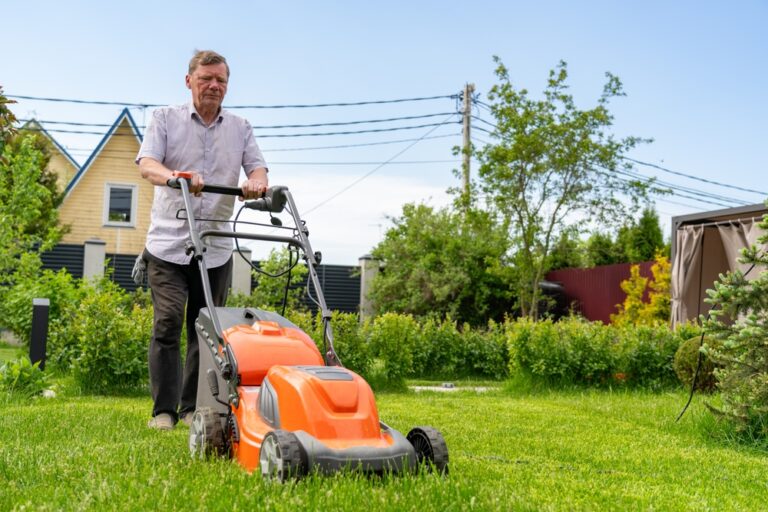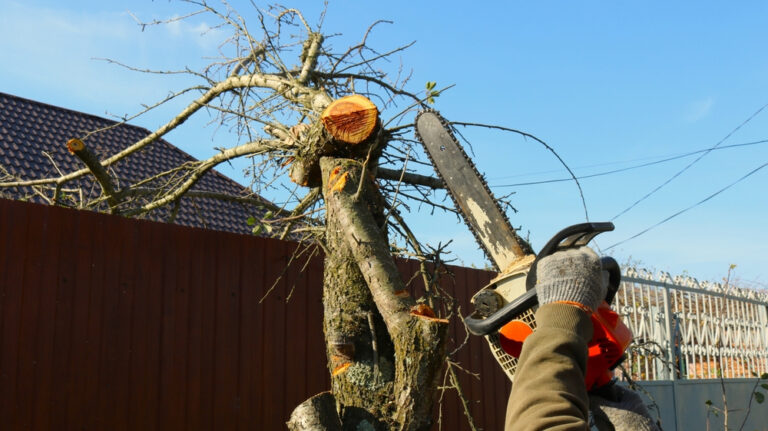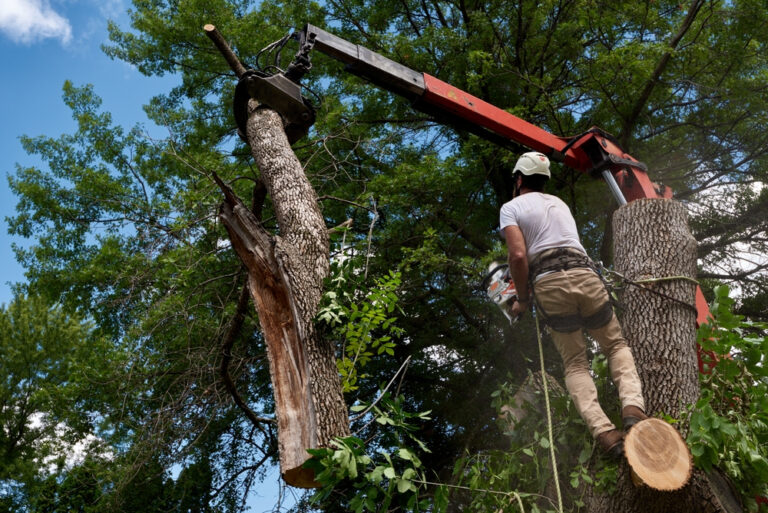The Ultimate Guide to Choosing the Perfect Trees for Your Richmond, VA Yard
Selecting the perfect trees for your yard in Richmond, VA, requires thoughtful consideration. The right trees can enhance the beauty of your outdoor space while also serving practical purposes, such as providing shade and improving air quality. In this guide, we will cover essential factors to consider when choosing trees, including your yard’s unique needs, the benefits of native species, desired tree characteristics, planning for long-term growth, and seeking professional advice.
Understand Your Yard’s Unique Needs
The first step in choosing the right trees for your yard is to understand its unique needs. Start by considering the size, shape, and topography of your yard. Is your space large and open, or is it small and enclosed? The size and shape of your yard will influence the type of trees you can plant.
Next, assess the amount of sunlight your yard receives throughout the day. Some trees thrive in full sun, while others prefer partial shade or full shade. For example, if your yard gets plenty of sunlight, you might consider planting a Red Maple, which flourishes in sunny conditions.
Water availability is another crucial factor. Richmond’s climate can vary, with hot, humid summers and cooler winters. Ensure your chosen trees can withstand these conditions and have adequate water supply, whether through rainfall or irrigation.
Soil conditions also play a vital role in tree selection. Richmond’s soil can range from sandy to clay-heavy. Conduct a soil test to determine its pH and nutrient levels. Trees like the Southern Magnolia thrive in well-drained, acidic soils, making them a good choice if your yard’s soil matches these characteristics.
Lastly, identify any potential obstacles or limitations in your yard, such as power lines, underground pipes, or existing landscaping features. Avoid planting trees with large root systems near these obstacles to prevent damage.
By understanding your yard’s specific needs, you can choose trees that will not only survive but thrive, enhancing both the beauty and functionality of your outdoor space.
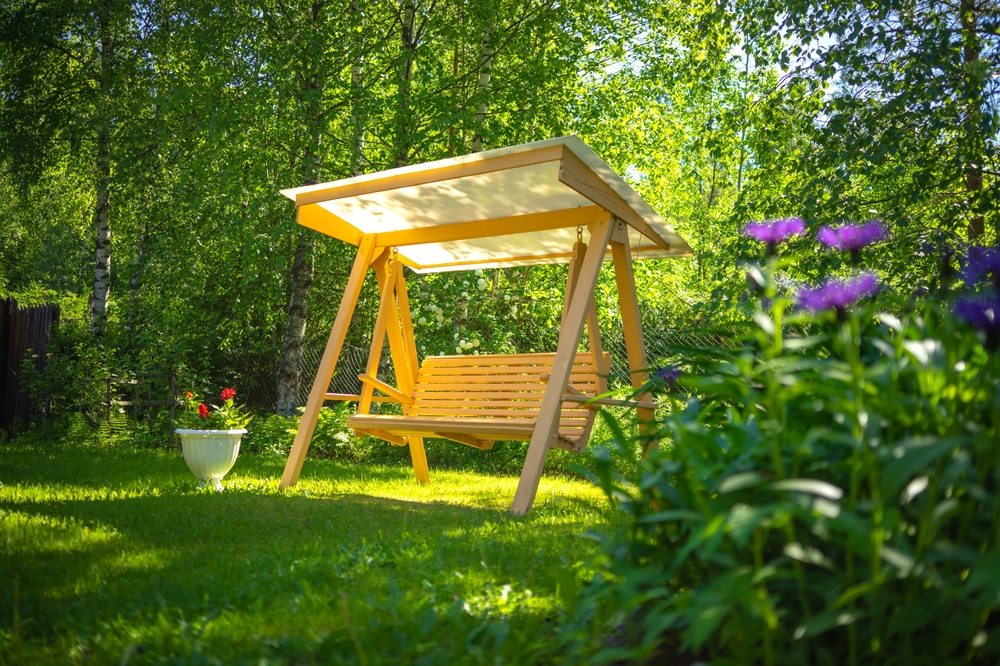
Research Native Trees
Choosing native trees offers several benefits. Native trees are well-adapted to the local climate and ecosystem, making them more likely to thrive with minimal maintenance. They also support local wildlife, providing food and habitat for birds, insects, and other creatures.
In Richmond, VA, several native trees are popular for their beauty and resilience. The Red Maple (Acer rubrum) is a favorite for its vibrant fall colors and adaptability to various soil types. The Southern Magnolia (Magnolia grandiflora) is another excellent choice, known for its large, fragrant blooms and evergreen foliage.
Other native trees to consider include the Eastern Redbud (Cercis canadensis), which produces stunning pink flowers in the spring, and the American Holly (Ilex opaca), valued for its glossy, evergreen leaves and bright red berries.
To get a better idea of what native trees look like and how they thrive in the area, visit local botanical gardens or arboretums. Lewis Ginter Botanical Garden in Richmond offers a variety of native plant displays and can provide inspiration and practical knowledge about native tree species.
Consider Your Desired Tree Characteristics
When choosing trees for your yard, consider the characteristics that matter most to you. These might include size, shape, color, and seasonality.
- Size and Shape: Think about the mature size of the tree and its shape. Do you want a large, stately tree like an Oak or a smaller, ornamental tree like a Dogwood? The shape of the tree, whether it’s upright, spreading, or weeping, will also affect the overall look of your yard.
- Color: Color can add visual interest to your yard throughout the year. For spring blooms, consider the Dogwood (Cornus florida), which produces beautiful white or pink flowers. For fall color, the Red Maple is a standout with its brilliant red foliage.
- Seasonality: Some trees provide year-round interest, while others shine during specific seasons. The American Holly, for example, offers evergreen foliage and winter berries, while the Flowering Cherry (Prunus serrulata) dazzles with its spring blossoms.
- Growth Rate and Maintenance: Different trees have varying growth rates and maintenance needs. Fast-growing trees like the Tulip Poplar (Liriodendron tulipifera) can provide quick shade but may require more frequent pruning. Slower-growing trees like the White Oak (Quercus alba) take longer to mature but are often more durable and require less maintenance over time.
By considering these characteristics, you can select trees that not only meet your aesthetic preferences but also fit your lifestyle and maintenance capabilities.
Plan for Long-Term Growth
Planning for the long-term growth of your trees is crucial to ensure they remain healthy and do not cause problems down the road. Before planting, research the mature size and potential root systems of the trees you are considering. This knowledge will help you avoid planting trees too close to buildings, driveways, or other structures.
Proper spacing is essential to prevent overcrowding and ensure each tree has enough room to grow. Trees that are planted too close together may compete for nutrients, water, and sunlight, leading to stunted growth or increased susceptibility to diseases.
Additionally, consider how the trees will interact with other elements in your yard. For example, will they provide shade for a patio or deck? Will their roots interfere with a garden or lawn? Will their branches extend over a fence or into a neighbor’s yard?
By planning for long-term growth, you can avoid potential issues and create a more harmonious and sustainable landscape.
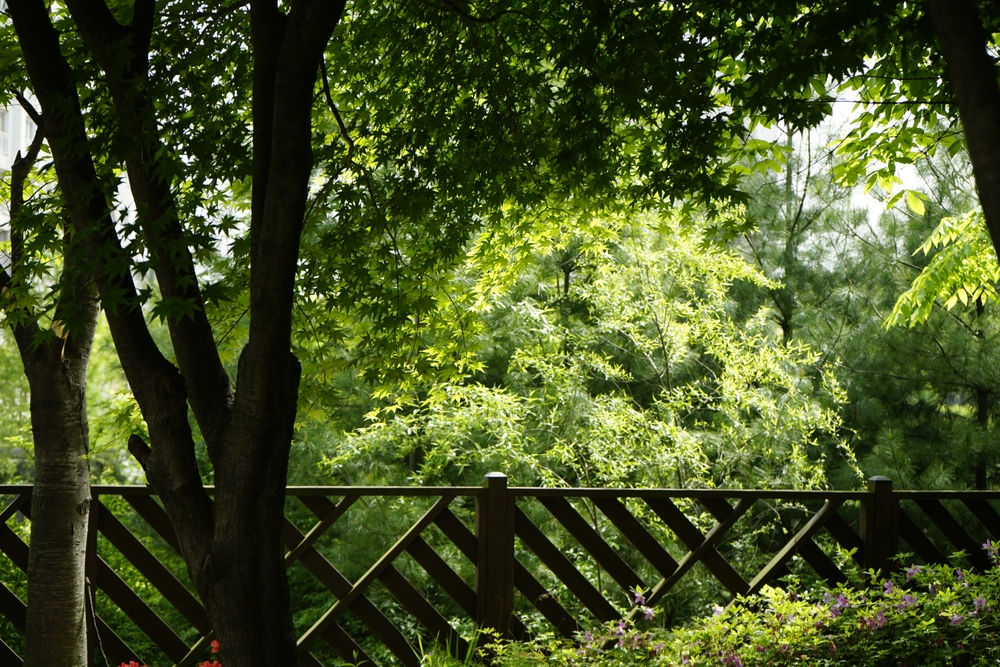
Seek Professional Advice
Choosing and planting trees can be a complex task, and seeking professional advice can help ensure success. A certified arborist or tree expert can provide valuable recommendations based on your yard’s specific conditions and your preferences.
Arborists can assess your soil, sunlight, and water availability to suggest the best tree species for your yard. They can also help with the proper placement and planting techniques to promote healthy growth.
Hiring a professional for tree selection and planting has several benefits. Professionals have the expertise to identify and address potential issues, such as pests or diseases, before they become major problems. They can also provide ongoing maintenance and care, including pruning, fertilization, and pest management.
To find reputable arborists in the Richmond, VA area, you can visit the International Society of Arboriculture (ISA) website or check local directories and reviews. Consulting with a professional can give you peace of mind and help you achieve the beautiful, thriving yard you desire.
Conclusion
Choosing the perfect trees for your Richmond, VA yard involves careful consideration and planning. By understanding your yard’s unique needs, researching native trees, considering desired characteristics, planning for long-term growth, and seeking professional advice, you can make informed decisions that enhance the beauty and functionality of your outdoor space.
Remember, the right trees can provide shade, improve air quality, and support local wildlife, all while adding aesthetic appeal to your yard. Take the time to research and consult with experts to ensure your tree choices are well-suited for your specific conditions.
In the end, the effort you put into selecting and planting the right trees will be rewarded with a beautiful, healthy, and sustainable landscape that you can enjoy for years to come.

